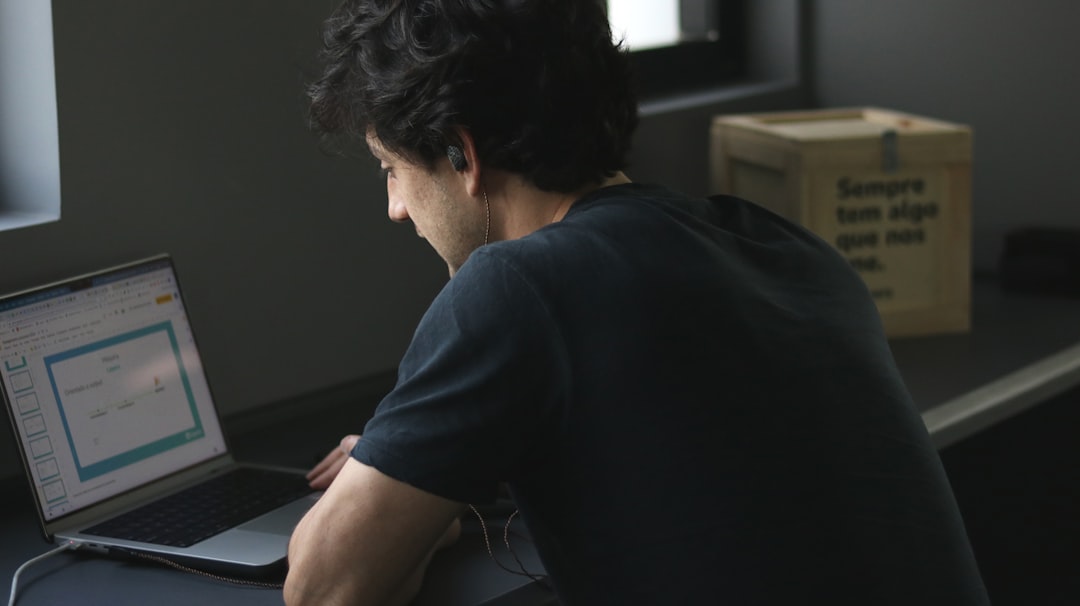Experiencing an issue where your macOS installation couldn’t be completed can be frustrating, especially when you’re looking forward to new features or fixes that come with the latest update. Fortunately, there are several steps you can take to troubleshoot and resolve this problem. Here’s a comprehensive guide on what to do when your macOS installation couldn’t be completed.

1. Ensure System Compatibility
Before starting the macOS installation process, verify that your Mac is compatible with the version of macOS you’re trying to install. Each macOS update has specific hardware requirements, and installing it on an unsupported device can lead to installation failures.
2. Check Available Storage Space
Insufficient storage space is a common reason for installation failures. Make sure your Mac has enough free space for the new update. Typically, macOS updates require several gigabytes of free space:
1. Check Storage
– Click on the Apple menu and select `About This Mac`.
– Go to the `Storage` tab to see how much space is available.
2. Free Up Space
– Delete unnecessary files, uninstall unused applications, and clear out the Downloads folder to free up space.
3. Verify Internet Connection
A stable and fast internet connection is crucial for downloading and installing macOS updates. Ensure your Mac is connected to a reliable Wi-Fi network. If possible, use an Ethernet connection for a more stable and faster download.
4. Restart Your Mac
Sometimes, a simple restart can resolve temporary glitches and issues that may be preventing the installation:
1. Restart Your Mac
– Click on the Apple menu and select `Restart`.
2. Retry the Installation
– After the restart, try the installation process again.
5. Reset NVRAM/PRAM
NVRAM (Non-Volatile Random-Access Memory) and PRAM (Parameter RAM) store certain settings and can sometimes cause issues with the installation process. Resetting them can help resolve the issue:
1. Shut Down Your Mac
– Turn off your Mac completely.
2. Reset NVRAM/PRAM
– Turn on your Mac and immediately press and hold the `Option` + `Command` + `P` + `R` keys.
– Hold these keys for about 20 seconds, then release them.
6. Boot into Safe Mode
Booting your Mac into Safe Mode can help identify and fix issues that might be causing the installation to fail:
1. Boot into Safe Mode
– Shut down your Mac.
– Turn it on and immediately press and hold the `Shift` key.
– Release the `Shift` key when you see the login window.
2. Retry Installation
– Once in Safe Mode, try running the macOS installer again.

7. Use Disk Utility to Repair Your Disk
Disk errors can cause installation problems. Use Disk Utility to check and repair your disk:
1. Boot into Recovery Mode
– Restart your Mac and hold down `Command` + `R` until the Apple logo appears.
2. Open Disk Utility
– In Recovery Mode, select `Disk Utility` and click `Continue`.
3. Repair Disk
– Select your startup disk from the list and click `First Aid`.
– Follow the prompts to repair your disk.
8. Re-download the macOS Installer
The installer file might be corrupted. Re-download the macOS installer from the App Store:
1. Delete Existing Installer
– If you have already downloaded the installer, delete it from the `Applications` folder.
2. Re-download
– Open the App Store, find the macOS version you want to install, and download it again.
9. Install macOS from a Bootable USB Drive
If all else fails, you can create a bootable USB drive and install macOS from it:
1. Create a Bootable USB Drive
– Download the macOS installer from the App Store.
– Use Terminal to create a bootable installer on a USB drive. Follow Apple’s official guide [here](https://support.apple.com/en-us/HT201372).
2. Boot from USB Drive
– Insert the bootable USB drive into your Mac.
– Restart your Mac and hold the `Option` key.
– Select the USB drive from the boot menu and follow the installation prompts.
10. Contact Apple Support
If you’ve tried all the above steps and the installation still couldn’t be completed, it may be time to contact Apple Support. They can provide further assistance and diagnose any underlying hardware or software issues that might be causing the problem.
Facing issues with macOS installation can be challenging, but by following these steps, you can troubleshoot and potentially resolve the problem. Ensuring compatibility, checking storage space, verifying your internet connection, and using tools like Disk Utility can help clear most obstacles. If needed, creating a bootable installer or contacting Apple Support can provide further solutions. With patience and persistence, you’ll be able to get your macOS installed successfully.




Comments (No)